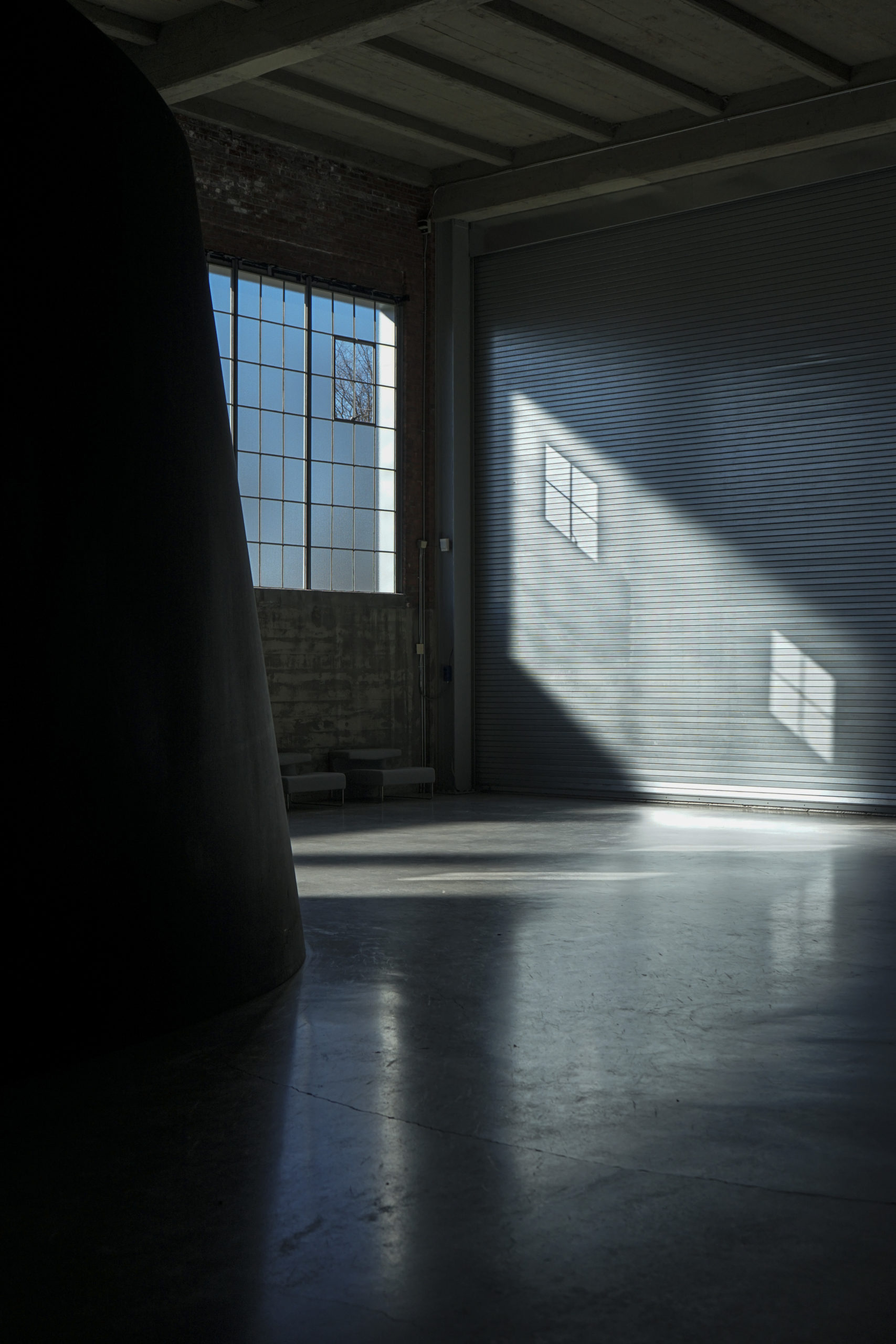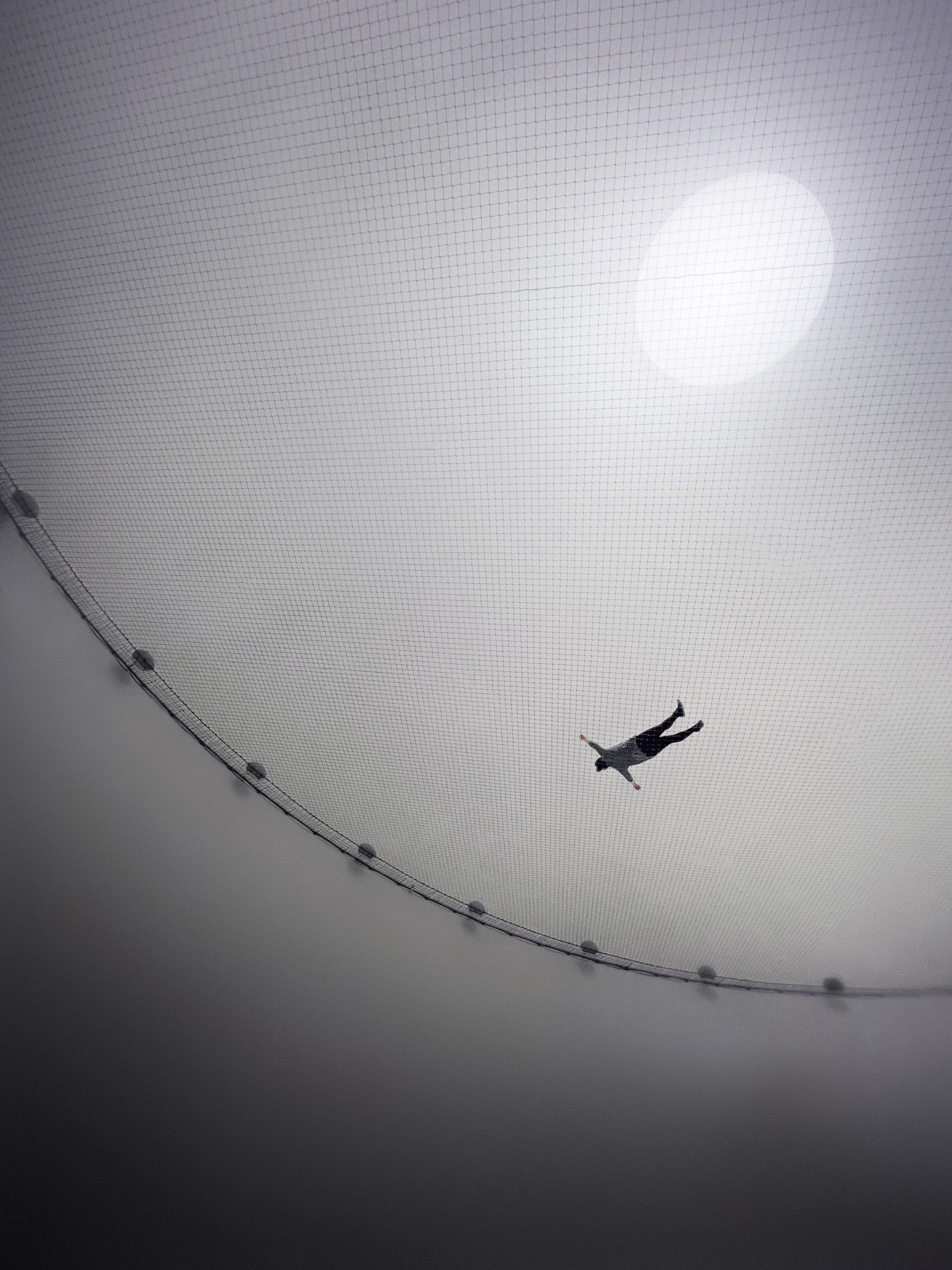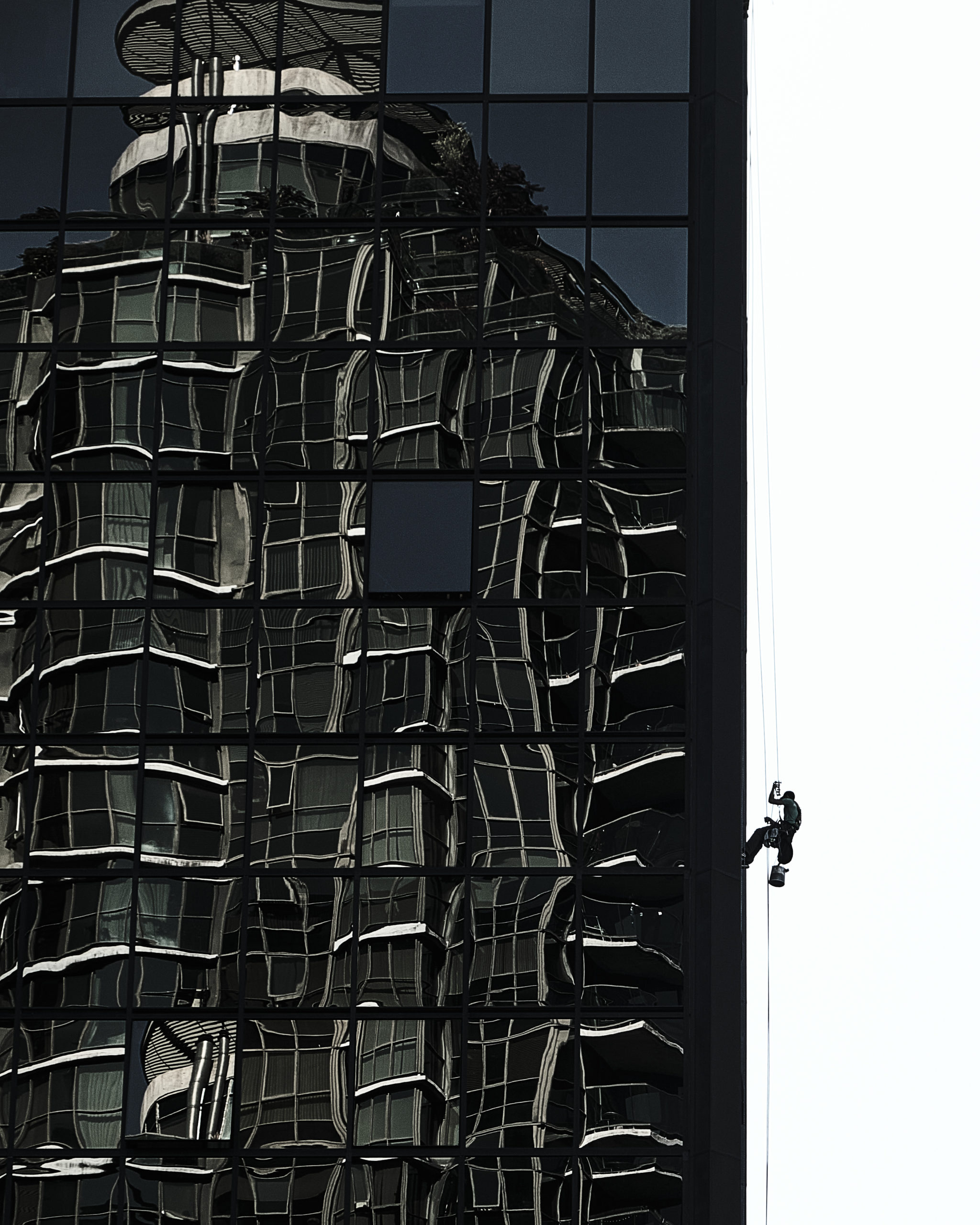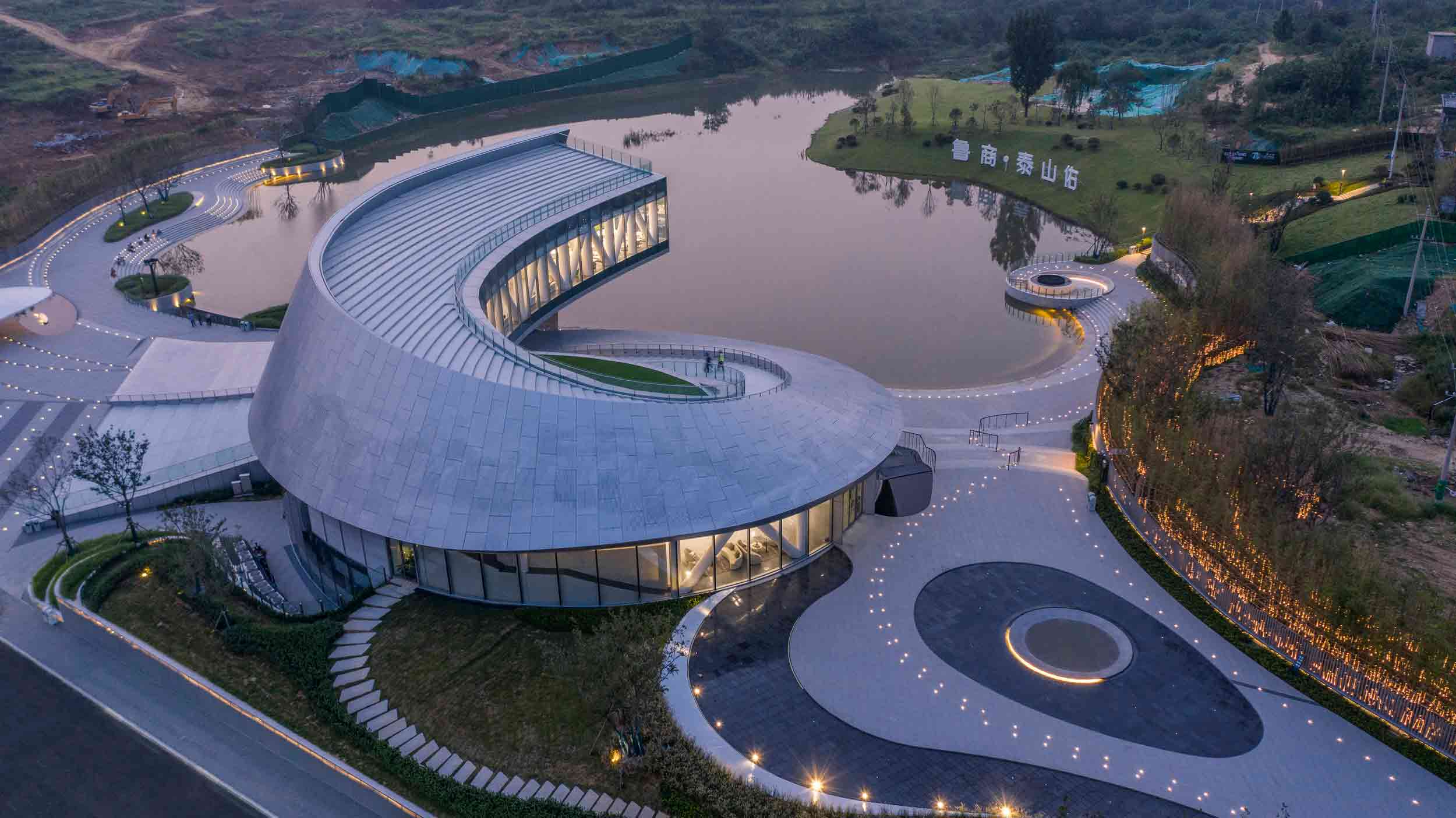Feast your eyes on the world's most outstanding architectural photographs, videos, visualizations, drawing and models: Introducing the winners of Architizer's inaugural Vision Awards. Sign up to receive future program updates >
Roland Barthes’s final book is also his most personal. In Camera Lucida, Barthes takes up a subject that art critics and historians have historically struggled with: the nature of photography. Or, as he put it, “what Photography was ‘in itself,’ by what essential feature it was to be distinguished from the community of images.”
For Barthes, the photograph differs from other art forms because it is inextricable from its referent. That is, it doesn’t just signify or stand in for something but retains a trace of that thing itself. After all, even the most meticulous photographer cannot control every element of a scene. There is always room for contingencies and gaps for the object to seep through and speak for itself. “A specific photograph, in effect, is never distinguished from its referent,” Barthes explains, “as is the case for every other image, encumbered — from the start, and because of its status — by the way in which the object is simulated.”

“The Window” by Xialu Xu, Skidmore Owings & Merrill, Commended Entry, 2022 One Photo Challenge
When one looks at a photograph, the immediate impression is that one is looking at the thing itself rather than a constructed image. It takes an effort to attend to formal qualities of a photograph, and Barthes argues that, even for the trained eye, it is impossible to avoid the punctum, the trace of the real that exists within a photograph and wounds the viewer. Why wounds? Well, because photography is intimately tied to death. Barthes again: “What the Photograph reproduces to infinity has occurred only once: the Photograph mechanically repeats what could never be repeated existentially.”
In short, the photograph gives us the illusion of a moment frozen in time. By seeming to do what is impossible in actuality, the photograph draws our attention to the fact that we are always subject to time, what Shakespeare called the “brief candle” that lights “the way to dusty death.”

“Arachnophobia” by Tiffany Liem, Brookfield Properties, Commended Entry, 2022 One Photo Challenge
Barthes’s book is mostly concerned with photos of human subjects, especially his recently deceased mother. However this melancholic quality of photography, the punctum, is also present in photographs of architecture.
Buildings have a different relationship to time than human beings. They last longer, hopefully, and the process of decay is more gradual. However, a photo of a building is still a snapshot of the building at a specific moment in time. And it is this quality that lends it pathos. Details like a setting sun, wear and tear on the buildings, or human figures help the viewer to piece together a story. They remind the viewer that they are looking at a moment that has been miraculously plucked away from the avaricious hands of time.

“Urban Mountains” by Katharina Klopfer, Commended Entry, 2022 One Photo Challenge
The punctum, or wounding quality, of architectural photography was well known to Walter Benjamin, who spent years studying photographs of 19th century Paris as part of his Arcades Project. For Benjamin, these photographs were glimpses into a vanished world; they preserved something, some essence of the time, that even the most faithful painting could not. Alfred Steiglitz too, that great exponent of defamiliarizing Modernist aesthetics in photography, was not immune to the charm of the punctum in architectural photography. Whether it is sunlight pouring into Grand Central Station or a snowstorm enveloping the Flatiron Building, Steiglitz’s best known architectural photos emphasize ephemeral elements of the scene, things that were there one moment and gone the next.
This year, when choosing photos to submit to the Architizer Vision Awards, remember that striking compositions are not the whole story when it comes to creating an effective photograph. You don’t always need to wow the viewer, you just need to draw them into a scene.
Feast your eyes on the world's most outstanding architectural photographs, videos, visualizations, drawing and models: Introducing the winners of Architizer's inaugural Vision Awards. Sign up to receive future program updates >









